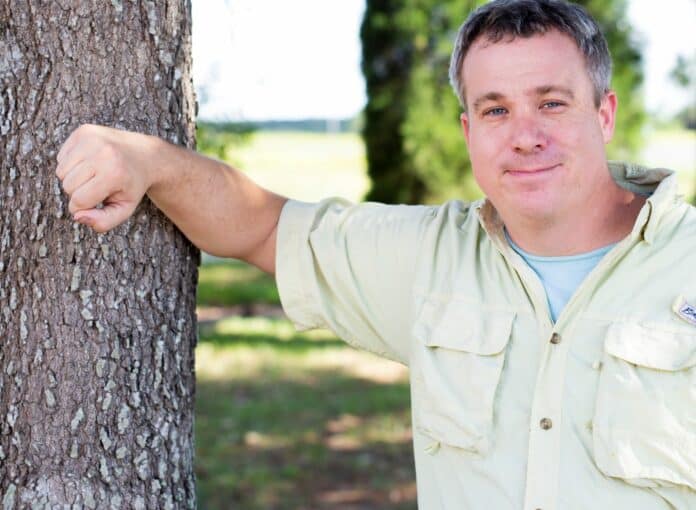by BRAD BUCK UF/IFAS
As the heart of the Atlantic hurricane season is underway, a new University of Florida study shows most trees withstand tropical storm winds of 39 to 110 mph in category 2 hurricanes.
But lead study author Andrew Koeser and other UF/IFAS experts know you’re never out of danger during the hurricane season. UF/IFAS provides guidance for how you can prepare the trees in your landscape for the high winds of a tropical storm or hurricane.
We asked Koeser, a UF/IFAS associate professor of environmental horticulture and faculty member at the Gulf Coast Research and Education Center, about the relationship between tropical storms and trees:
Q: What light does your new research shed on the impact of hurricanes (and/or tropical storms) on urban trees?
A: Although our study was confined to tree damage caused by Hurricane Irma in Tampa in 2017, its results apply across the Southeast. We know that trees can fall or break apart during storms. FEMA and insurance agencies collect data such as the extent of property damage or how many yards of wood waste are cleaned up after a storm. However, those data don’t tell you anything about the majority of trees that survive a storm, and the information can bias people toward removing trees out of fear.
Q: Among other things, your study compared groups of trees to individual ones. If you plant trees in groupings, does that help them avoid damage during hurricanes?
A: The 2004 and 2005 hurricane seasons generated some research that showed planting trees in groups could help keep them from falling over in a storm. But this is now our second study that has shown otherwise. We see trees either break or survive storms on their own as individuals, not as groups. Urban trees are more exposed to wind and rain than trees growing in deep forests. They have developed to withstand winds in a way a very slender tree in a tightly packed forest has never had to do. There may be some benefit to planting trees in really tight groups, but the typical spacing seen in parks or residential areas does not appear to offer much protection.
Q: Among other areas, you and your research team study tree-risk assessments. What lessons can residents learn from these reviews? And how does that knowledge help them in this and future hurricane seasons?
A: One of the big questions we have answered with our research is “Can professionals with training actually predict hurricane-related tree failures?” In looking at data from hurricanes Matthew and Irma, it looks like this is the case. Risk assessments made by arborists with the International Society of Arboriculture’s Tree Risk Assessment Qualification predicted storm-related damage in two different studies.
Q: What can homeowners do to mitigate tree damage in urban areas when they know a tropical storm or hurricane is heading their way?
A: Most of the defects that we saw are pretty easy for a professional arborist or even homeowner to spot (dead branches or decay). An arborist can prune these issues out of a tree — allowing you to protect your property from storm damage while retaining a tree that makes your yard much more livable, given the shade it offers.

